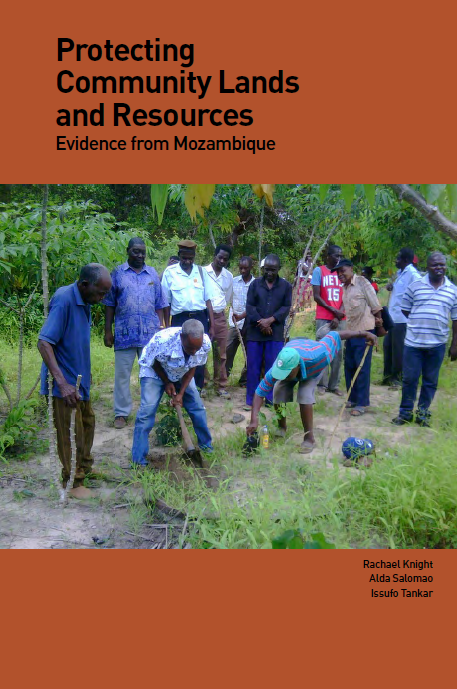Evaluación Nacional Forestal. Protocolo para el Procesamiento del Mapa Densidades de Carbono para Estratos Boscosos del Ecuador Continental con Imágenes Modis y Landsat 2014
Ecuador se encuentra en un proceso de preparación para acceder a los mercados internacionales de carbono a través de los mecanismos de Reducción de Emisiones causadas por Deforestación y Degradación de los bosques (REDD+). Este es un mecanismo clave para mitigar el cambio climático y se centra en cinco actividades forestales que actúan como medidas de mitigación medibles, reportables y verificables.





